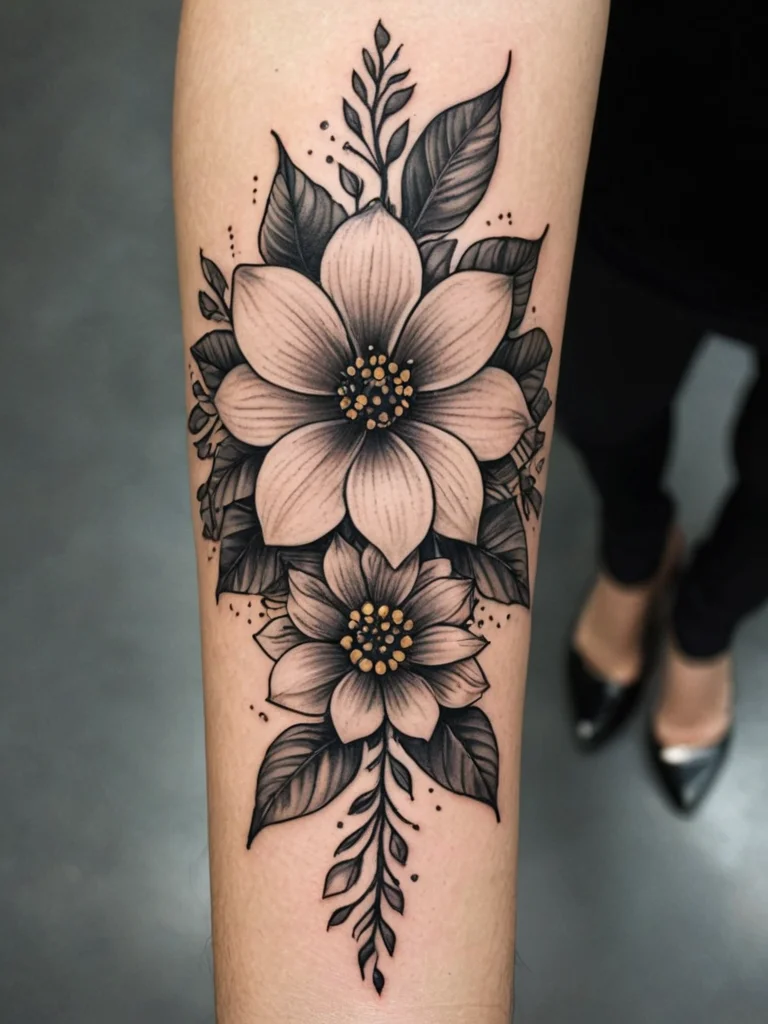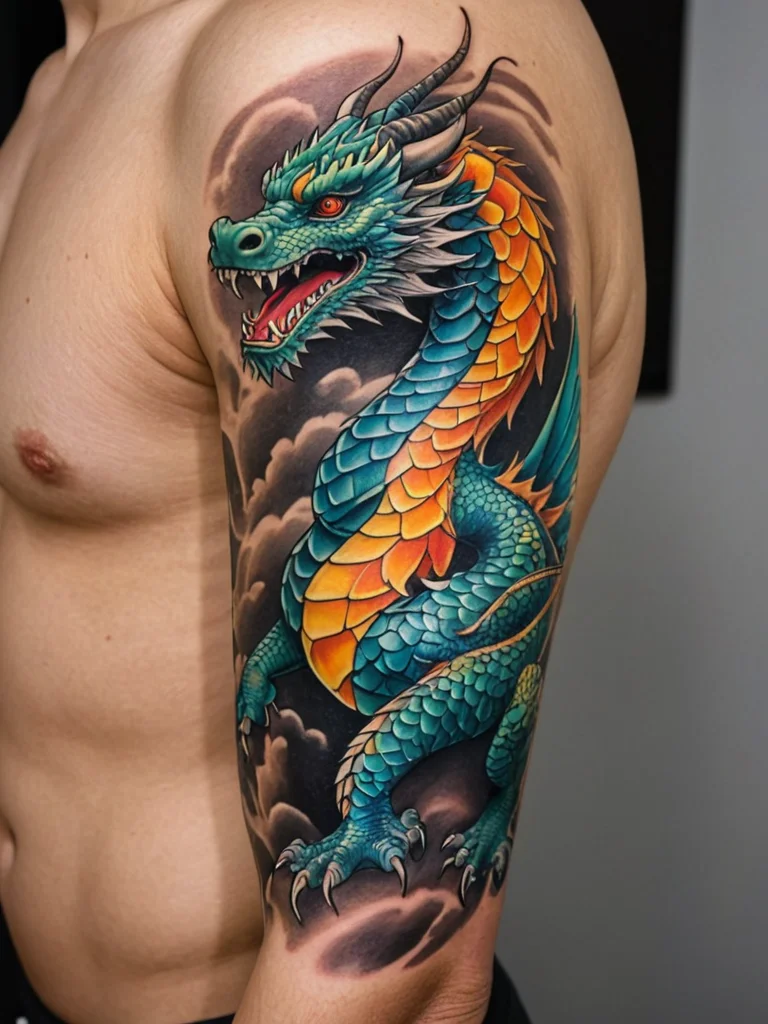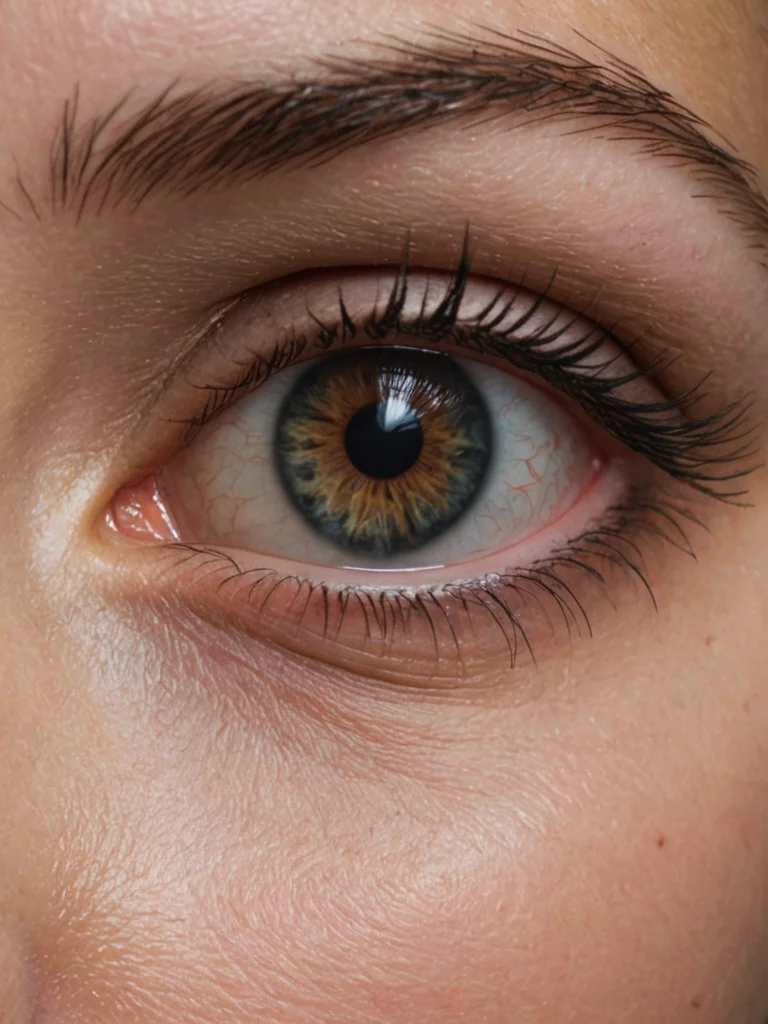Embarking on the journey of getting a tattoo is an exciting milestone, a decision to permanently adorn your skin with art that holds personal significance. However, the excitement can quickly turn into apprehension if you’re unsure how to navigate the vast world of tattoo artists. The truth is, your tattoo’s outcome—its beauty, longevity, and the overall experience—hinges significantly on the skill and style of the artist you choose. Think of it not just as getting a tattoo, but as commissioning a piece of art from a master craftsman. Just as you wouldn’t ask a sculptor to paint your portrait, finding the right tattoo artist means matching your vision with their unique expertise. This article will guide you through the essential steps, empowering you to make an informed decision that ensures your tattoo is a masterpiece you’ll cherish for a lifetime.
The right artist is more than just someone with a steady hand and a tattoo machine; they are a translator of your ideas into a lasting visual narrative. They possess the technical skill, artistic vision, and understanding of skin to bring your concept to life safely and beautifully. An exceptional artist can elevate a simple idea into something breathtaking, while an ill-suited artist might, unfortunately, result in disappointment or even health risks. Therefore, dedicating time and effort to finding the perfect match is not an indulgence, but a necessity for a successful and fulfilling tattoo experience. Let’s dive into how you can become a discerning client, ready to find the artisan who will bring your ink dreams to reality.
Decoding tattoo styles: how to match your vision to an artist’s specialty

The world of tattooing is incredibly diverse, encompassing a vast array of styles, each with its own aesthetic principles, techniques, and historical roots. Recognizing these differences is the first crucial step in finding an artist whose specialty aligns perfectly with your desired outcome. Many artists develop a distinct niche, honing their skills in one or a few specific styles. Attempting to have a hyper-realistic portrait done by an artist who excels exclusively in traditional American styles, for instance, might not yield the best results.
Let’s explore some of the most prominent tattoo styles and the kind of artist you should seek for each:
- Traditional American (Old School): Characterized by bold black outlines, a limited color palette (often primary colors), and iconic imagery such as anchors, roses, eagles, and pin-up girls. These designs are timeless and possess a distinct, graphic quality. For this style, look for artists whose portfolios showcase clean, solid lines and vibrant, well-executed color packing. They often have a deep understanding of the historical significance of these motifs.
- Neo-Traditional: An evolution of traditional style, Neo-Traditional adds more intricate details, a broader color spectrum, and often more organic or illustrative elements. Designs might include elaborate floral patterns, animals with expressive features, and more complex compositions. Artists specializing in this style will have portfolios rich with detail, smooth shading, and a sophisticated use of color.
- Realism: This style aims to replicate reality as closely as possible, whether it’s a portrait, an animal, a landscape, or an object. It requires exceptional skill in shading, color blending, and understanding of light and shadow to create a three-dimensional effect on the skin. If realism is your goal, seek artists who demonstrate mastery in portraiture, photorealism, or black and grey shading. Their portfolios should feature pieces that look almost photographic.
- Black and Grey: While often associated with realism, black and grey is a distinct style focusing solely on the spectrum of black ink and water dilution to create shading and depth. It can be used for various subjects, from delicate floral patterns to gritty portraits. Artists skilled in black and grey excel at creating smooth transitions, subtle gradients, and powerful contrast using only shades of black.
- Japanese (Irezumi): This style is deeply rooted in Japanese culture and history, often featuring elaborate designs that cover large areas of the body (full sleeves, back pieces). Common motifs include dragons, koi fish, samurai, geishas, cherry blossoms, and waves. Japanese tattoos are characterized by flowing lines, rich symbolism, and specific color palettes. Look for artists who have studied or specialize in traditional Japanese techniques, paying attention to their understanding of composition, color theory, and the cultural narratives behind the imagery.
- Watercolour: Mimicking the look of watercolour painting, this style uses soft edges, fluid lines, and vibrant splashes of color, often without heavy outlines. It creates a delicate, artistic effect. Finding an artist who can translate the spontaneity and texture of watercolour onto skin requires a delicate touch and a keen eye for color blending and saturation.
- Geometric and Dotwork: These styles rely on precision, symmetry, and often intricate patterns created using geometric shapes and dots. Dotwork, in particular, uses stippling to build up shading and texture. Artists in this category need exceptional precision and a steady hand to achieve clean lines and consistent dot patterns.
- Illustrative/Sketch Style: This category is broad and encompasses designs that resemble drawings, sketches, or doodles. They can be whimsical, abstract, or narrative, often with a hand-drawn feel. Artists here showcase creativity and a unique artistic voice, often straying from traditional norms.
Understanding these styles will help you articulate your vision and filter potential artists. When you browse portfolios, actively look for artists whose work consistently displays the characteristics of your preferred style. A specialist will often have a more cohesive and impressive body of work within their chosen niche.
The artist discovery checklist: where to look and what to filter for

The quest for the perfect tattoo artist begins with knowing where to cast your net. Fortunately, in today’s connected world, numerous avenues exist to discover talented individuals. However, simply finding a name isn’t enough; you need a systematic approach to filter the vast pool of talent down to the most suitable candidates for your specific project. This checklist will guide your search, ensuring you don’t overlook critical aspects.
Where to look:
- Tattoo Studio Websites and Social Media: Reputable tattoo studios often showcase their resident artists and their work on their websites and platforms like Instagram, Facebook, and Pinterest. Instagram, in particular, is a visual goldmine for tattoo artists, as many use it as their primary portfolio. Follow hashtags related to your desired style (#realismtattoo, #traditionaltattoo, #japanesetattoo, etc.) to discover artists.
- Word-of-Mouth Recommendations: Ask friends, family, or colleagues who have tattoos you admire. Personal recommendations carry significant weight, as they often come with firsthand experience regarding the artist’s skill, professionalism, and the overall client experience.
- Tattoo Conventions and Events: These gatherings are excellent opportunities to see artists from different studios and regions in action. You can often view their work up close, chat with them directly, and even get small pieces done on the spot if you’re quick to book.
- Online Tattoo Directories and Forums: Websites dedicated to tattoo culture sometimes feature curated lists of artists or directories based on location and style. Online forums and communities can also offer discussions and reviews, though always cross-reference information found here.
What to filter for:
- Consistency in Style: Does the artist’s portfolio predominantly feature the style you’re looking for? Look for consistency across multiple pieces. If an artist dabbles in many styles but excels in one, focus on their work within that specialty.
- Cleanliness and Linework: Regardless of style, the quality of the lines is paramount. Are they crisp, solid, and well-placed? In realism or black and grey, are the gradients smooth and seamless? Poor linework is a common indicator of an artist who may lack fundamental skills.
- Shading and Color Packing: Examine how the artist handles shading and color. Are the transitions smooth? Is the color saturation even and vibrant (where intended)? Does the shading create depth and dimension effectively? In black and grey, the subtlety of the tonal range is key.
- Design and Composition: Beyond technical execution, does the artist have a good sense of design and composition? Do their tattoos flow well with the body’s natural contours? Can they create original designs or adapt your ideas creatively?
- Hygiene and Professionalism: While harder to gauge from a portfolio alone, reputable artists and studios prioritize cleanliness. Look for signs of professionalism: clear communication, a tidy workspace (if visible online), and adherence to safety protocols. This is a non-negotiable factor.
- Client Reviews and Testimonials: While not always available or objective, positive reviews can provide insights into an artist’s reliability, communication skills, and the client’s overall satisfaction.
By systematically applying these filters during your search, you significantly increase your chances of finding an artist who not only possesses the technical skills but also shares your aesthetic sensibilities and commitment to quality.
Evaluating an artist’s portfolio: beyond pretty pictures
An artist’s portfolio is your primary window into their capabilities and artistic vision. However, simply browsing through a collection of visually appealing tattoos isn’t enough. A critical evaluation requires looking beyond the surface and understanding what truly constitutes quality work. You need to become a discerning art critic, assessing not just the beauty but the underlying skill, creativity, and suitability for your project.
Here’s how to dissect a tattoo artist’s portfolio like a pro:
- The Scope of Work: Does the portfolio showcase a variety of projects within their specialty? For instance, if you want a floral tattoo, does the artist have examples of different flowers, leaf textures, and color combinations? A broader range within their niche suggests versatility and a deeper understanding of their chosen style.
- Healed vs. Fresh Tattoos: This is a critical detail often overlooked. A freshly done tattoo often looks vibrant and sharp. However, how does it look after it has healed? Many artists will post healed photos of their work, which gives a more realistic representation of how the tattoo will age. Look for healed pieces to see if the lines remain solid, colors stay true, and shading doesn’t blur excessively. If an artist only shows fresh work, it might be a red flag.
- Adaptability and Originality: While many artists have signature styles, the best ones can also adapt to client ideas and create original designs. Does the portfolio show custom work based on client concepts, or are all the pieces variations of the same theme? Look for evidence of creativity and the ability to translate unique ideas into tattoos.
- Understanding of Placement and Flow: A great tattoo isn’t just a good design; it’s a good design that works *with* the body. Examine how the artist’s tattoos complement the anatomy of the person being tattooed. Do the lines follow the curves of the skin? Does the composition enhance the natural shape of the body part?
- Detail and Intricacy: Pay close attention to the finer details. In realism, are the eyes expressive? In Japanese style, are the scales on the dragon intricate? In geometric work, are the lines perfectly aligned? High-quality portfolios showcase meticulous attention to detail, demonstrating patience and precision.
- Color Theory and Application: If your tattoo involves color, assess the artist’s use of color theory. Do the colors harmonize? Is there good contrast? Are the colors applied evenly and effectively to create the desired effect, whether it’s vibrant or subtle?
- Black and Grey Nuance: For black and grey artists, the magic lies in the gradients. Look for smooth transitions from light to dark, with no harsh lines or muddy areas. The ability to create depth and form using only shades of black is a hallmark of mastery.
- Storytelling Through Art: Does the portfolio tell a story? Many tattoos are deeply personal. A great artist can capture the essence of a subject or a concept, imbuing the tattoo with emotion and meaning. Consider if the artist’s work evokes a feeling or communicates a narrative effectively.
By scrutinizing these elements, you can gain a much deeper appreciation for an artist’s true skill set and determine if they have the vision and technical prowess to execute your specific tattoo idea flawlessly.
Consultation to commitment: making the final decision and booking your appointment

Once you’ve narrowed down your choices to a few promising artists, the next vital step is the consultation. This is your opportunity to connect with the artist, discuss your ideas in detail, assess their professionalism, and get a feel for their personality. It’s a two-way street: you’re evaluating them, and they are evaluating your project to see if it’s a good fit for their style and expertise. A successful consultation builds confidence and ensures you and the artist are on the same page before committing.
The Consultation Process:
- Initial Contact and Booking: Most artists prefer to be contacted via their studio’s official channels (email or phone) or through specific booking forms on their website or social media. Be clear and concise in your initial inquiry, stating your tattoo idea, desired placement, size, style, and any reference images you have.
- In-Person vs. Virtual Consultations: Depending on the artist and studio policy, consultations can be in-person or virtual. In-person consultations are often preferred as they allow for a more thorough assessment of the skin, discussion of placement, and a better sense of the artist’s workspace and demeanor. If a virtual consultation is offered, ensure you have a stable internet connection and a quiet space for the discussion.
- What to Bring and Discuss: Prepare thoroughly. Bring any reference images, sketches, or photos that illustrate your concept, including examples of styles you like and dislike. Be ready to discuss the size, placement, colors, and any specific details you envision. Be open to the artist’s suggestions regarding design modifications, placement adjustments, or even stylistic interpretations – they are the experts, after all.
- Assessing Artist Rapport and Communication: During the consultation, pay attention to how the artist communicates. Do they listen attentively? Do they ask clarifying questions? Do they explain their process and ideas clearly? A good rapport and clear communication are essential for a smooth tattooing process and a result you’ll be happy with. If an artist seems dismissive, rushed, or uninterested, it might be best to seek someone else.
- Design Approval and Deposit: For custom designs, artists usually create a draft or stencil based on your consultation. You’ll often have an opportunity to review this design before the actual tattooing session. Once you approve the design and are ready to book, artists typically require a deposit to secure your appointment. This deposit is usually non-refundable and goes towards the total cost of the tattoo.
- Understanding Pricing and Scheduling: Discuss the estimated cost of the tattoo based on its size, complexity, and the artist’s hourly rate. Clarify how long the session is expected to take and when the artist has availability. Be realistic about wait times, as highly sought-after artists often have lengthy booking lists.
- Making the Final Decision: After consultations with your top choices, take some time to reflect. Consider which artist best understood your vision, whose portfolio impressed you the most, and with whom you felt the most comfortable. Trust your intuition. The final decision should be based on a combination of artistic skill, communication, and personal connection.
Booking your appointment is the culmination of your diligent search. By approaching the consultation process with preparation, open-mindedness, and a focus on clear communication, you set the stage for a positive and successful tattooing experience, ensuring the art on your skin is exactly what you dreamed of.